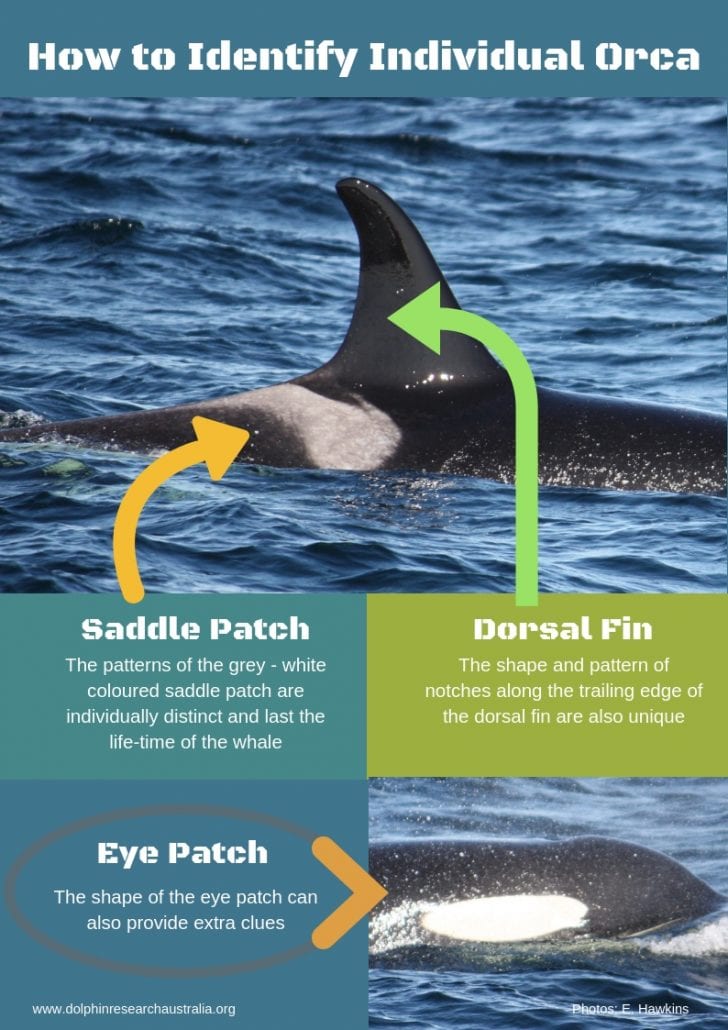Dolphin Identification & Observation Guide
There’s nothing quite like watching dolphins in their wild environment.
Check out our tips for watching dolphins including how to identify species, interpreting behaviour and taking photographs of dolphins.
Did you know that your observation can actually help science? Just by reporting your dolphin sighting as part of our Dolphin Watch Citizen Science initiative, you can help us to understand and monitor dolphin populations. Simply by reporting your sighting (with or without a photo), you can contribute to this knowledge.
What Species is That?
Along the coast of Australia, we have many different dolphin & whale species. Below are two species that can be encountered along the tropical coast of Australia – the Indo-Pacific bottlenose dolphin and the Australian humpback dolphin.
Common Dolphin Species of Eastern Tropical Australia

Australian Humpback Dolphin
(Sousa sahulensis)
Indo-Pacific Bottlenose Dolphin
(Tursiops aduncus)
Interpreting Group Composition
When you’re observing dolphins, it is useful to know the composition of the group or pod. How many are there and are there any calves present?
It can be tricky to count the number of dolphins in a group as they spend most of their time under the water. But if you keep a lookout and count how many dolphins come to the surface to breath repeatedly, over time, you’ll get an idea of how many there are. One tip is to also observe how many breathes an individual dolphin takes as it surfaces. Typically, one dolphin will take 1 to 3 breaths with each surface. This can help you to gain an understanding of their dive patterns and avoid double counting individuals in the group.
Now you know how many dolphins there are, take a closer look at the composition. Look out for those little calves. We define calves as those that are less then 2/3 the body length of an adult and are still dependent on their mothers. Calves will spend the majority of their time next to an adult in infant or baby position – where they swim in the slip stream next to the mothers side.
General Behaviour Categories
What are the dolphins doing? It’s not always easy to define what dolphins are doing. To make it easier for us to measure, we break it down into four general behaviour categories; socialising, feeding (or foraging), milling (and resting) and travelling. Here are some examples to help you recognise what each of these behaviours looks like.
Socialising
Definition: Two or more dolphins are clearly interacting with each other by making direct physical contact. This can include dolphins rolling over, biting, pushing, and petting each other. Splashes and disturbances at the surface are also frequently seen.
Milling or Resting
Definition: Group frequently changes travel direction (no consistent travel direction). Individuals may surface facing different directions. Dolphins have slow movements with variable, but frequent, dive intervals and often remain floating at the surface for a short amount of time between dives.
Feeding
Definition: Dolphins are actively pursuing prey and feeding (often confirmed by visual observation of fish or prey item). Usually associated with deep diving (fluke-up dives), fast swims or porpoising, frequent changes in travel direction and inconsistent inter-breath intervals. Group may be in a circular formation, spread over a wide area and individuals surface facing different directions.
Travelling
Definition: Dolphin moves in a consistent direction with regular surfacing intervals. Typically with consistent breathing patterns and dive times.
Identifying Individual Dolphins
Did you know that almost all dolphins can be individually recognised by the unique patterns of notches and scars on their dorsal fin? In some species (such as the orca or killer whale) unique colour patterns can also be used to help identify individuals.
Tips for Taking Photos of Dolphins
- Have patience, observe and anticipate the dolphins’ surfacing behaviour/s
- Use a fast shutter speed
- Focus on the dorsal fin (for photo-identification images)
- Refocus the camera as the dolphin comes to the surface
Which Photos Are Useful for Researchers?
- For identification, the image of the dorsal fin needs to be clear in the photo. The dolphin needs to be parallel to the camera so that there is a relatively ‘flat’ image of the dorsal fin from the side (rather than from above or on an angle).
- Some dolphins will be easier to identify than others and don’t require a high-quality photograph, however, those with more subtle features need a high-quality image to be used for research.

Examples of a poor (left) and good (middle and right) photographs for the identification of individual dolphins.


